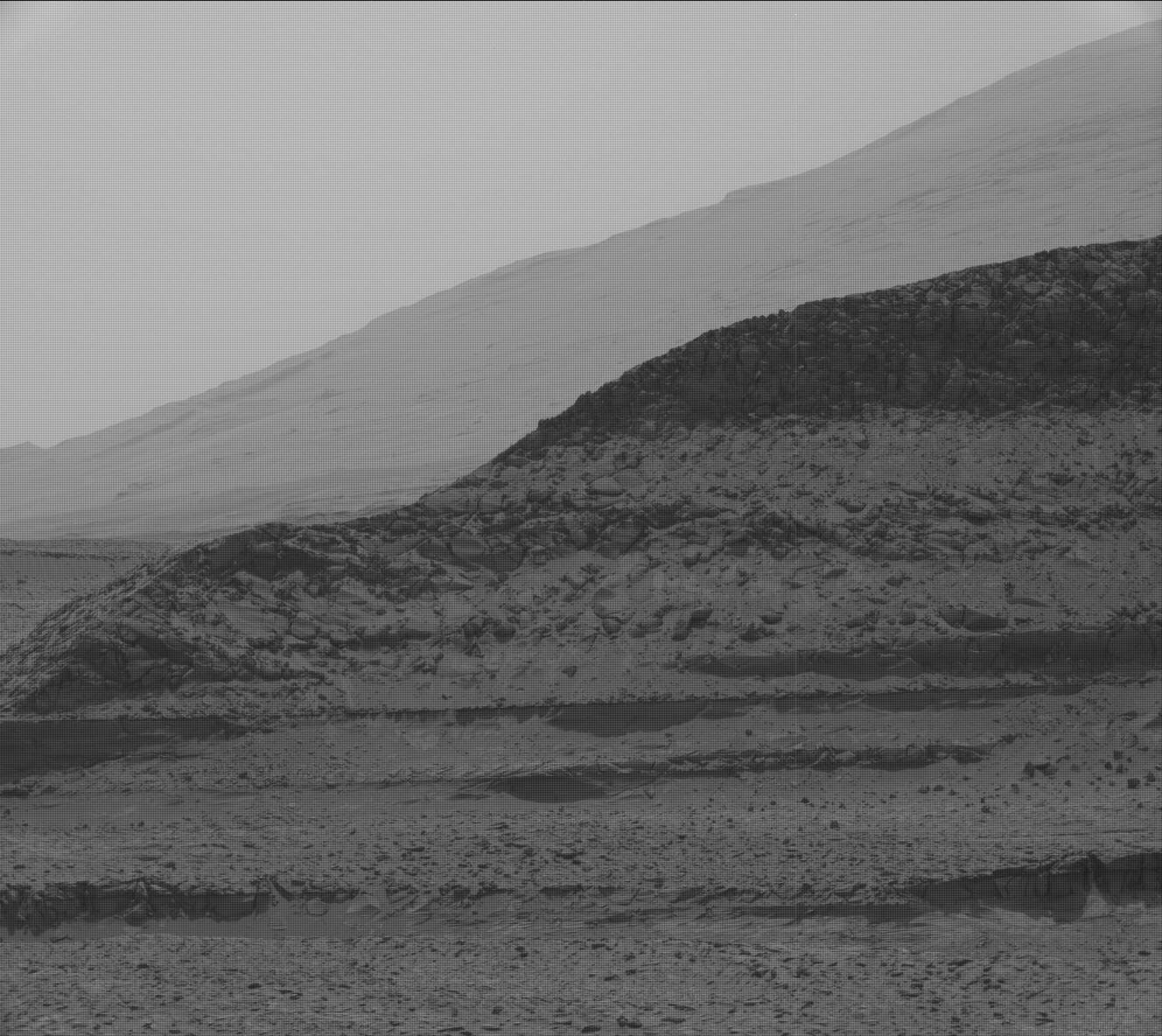2 min read

Slight change of plans! The drive that Curiosity was supposed to complete over the weekend was pulled from her plan, so the rover started the day at the Amapari drill site. We will recover our ChemCam and Mastcam coordinated observation of target “Aricama” to document the bedrock composition of the Marker Band. ChemCam will also acquire passive spectroscopy of the bedrock from the “Puraque” target. The “Sao Luiz” target will be analyzed by Mastcam to image the dark layers at the Marker Band and its relationship to the surrounding rocks. Mastcam will also image the “Jundai” target to see if a part of a rock was broken off when the APXS instrument touched it over the weekend. The rover will collect multispectral Mastcam imaging on a layered hill, or butte, named “Chenapau” to document the tonal variations of the layers, while ChemCam plans to take two long distance RMI images of an inverted channel to provide information about the sediments and structure within the channel. The MAHLI instrument will recover imaging that was lost in the previous sol plan at “Jundia,” the “Amapari” drill cuttings, and the “Urutanim” target that was previously investigated by ChemCam. Curiosity will then drive away from the Amapari drill site and MARDI will collect a systematic set of images to create a “sidewalk” video of the rocks and soils along the way. Rounding out the plan, the environmental theme group will use the Navcam instrument to search for dust devil activity. By the end of the sol, Curiosity will be parked back at the rhythmically layered rocks and interesting nodules below the Marker Band – stay tuned for more amazing images and data!
Written by Sharon Wilson, Planetary Geologist at the Smithsonian National Air and Space Museum







